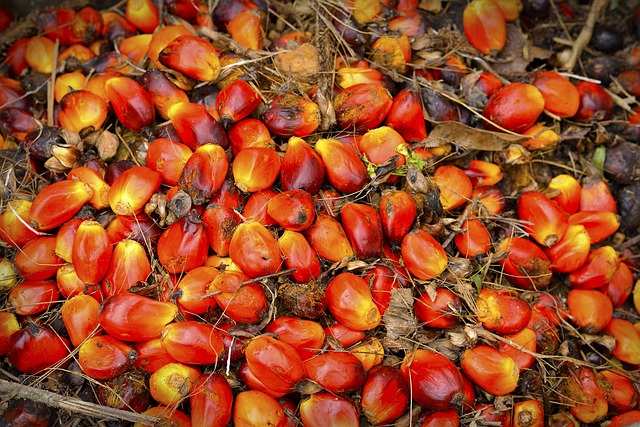W7 Palm Oil Update: Malaysian Palm Oil Stocks in Jan-24 Plummet to Lowest Since Jul-23

Malaysian Palm Oil Stocks Hit Lowest Since Jul-23, Production Slumps in Jan-24
Malaysian palm oil stocks at the end of Jan-24 fell by 11.83% month-on-month (MoM) to 2.02 million metric tons (mmt), the lowest since Jul-23, from 2.29 mmt in Dec-23, according to data from the Malaysian Palm Oil Board (MPOB). This could bolster benchmark futures, which experienced a 10% decrease in 2023. Similarly, crude palm oil (CPO) production dropped by 9.59% MoM to 1.40 mmt in Jan-24, the lowest since Apr-23, while exports dipped slightly by 0.85% MoM to 1.35 mmt. This decrease was due to heavy rainfall and flooding in key production areas and transportation challenges for fresh fruit bunches (FFB) to processing centers.
Although Jan-24 inventories were anticipated to be at 2.14 mmt, reflecting a 6.62% MoM decline, actual figures from the MPOB report surpassed expectations, indicating a slightly bullish market sentiment. However, while stocks fell more than anticipated, production did not decline at the rate speculated by the market. The rebound in palm oil prices may be constrained despite the expected decrease in palm oil exports in the coming months due to competitive prices offered by rival oils like soybean and sunflower oil.
Potential Rise in CPO Prices Amid Decreasing Malaysian Palm Oil Stocks
The decrease in Malaysian palm oil stocks, projected to fall below 2 mmt by Mar-24 due to decreased production and increased export demand, may lead to a potential rise in CPO prices. Despite forecasts suggesting that CPO prices could exceed USD 878.11 per metric ton (mt) in the near future, industry analysts are presently holding a 'neutral' stance on the sector. This stance is influenced by factors such as the availability of new South American harvests and the anticipation of CPO output recovery in the second half of 2024.
Indonesia Experienced Resurgence in Deforestation for Oil Palm Plantations
Deforestation for oil palm plantations is experiencing a resurgence in Indonesia, the world's largest palm oil producer, marking the second consecutive year of increased forest loss and reversing a decade-long trend of decline. Of particular concern is that approximately one-third of the deforestation recorded in 2023 occurred on carbon-rich peatlands, raising alarms about potential greenhouse gas emissions as these areas are cleared and drained to accommodate plantation expansion. While deforestation for palm oil plantations in Indonesia was traditionally concentrated on the island of Sumatra, the recent surge over the past two years has mainly occurred on Indonesian Borneo and Papua islands.
India's Palm Oil Dominated 70% of Vegetable oil Imports from Nov-23 to Jan-24
According to the Solvent Extractors Association Of India , India imported approximately 3.67 mmt of vegetable oils between Nov-23 and Jan-24, marking a 23% year-on-year (YoY) decrease. Palm oil constituted about 70% of the total imports, with 2.55 mmt imported during this period, compared to 3.084 mmt from Nov-22 to Jan-23. Primarily sourced from Indonesia and Malaysia, 1.575 mmt and 815.5 thousand mt of palm oils were imported, respectively. Additionally, 111.5 thousand mt of palm oil was imported from Thailand.




